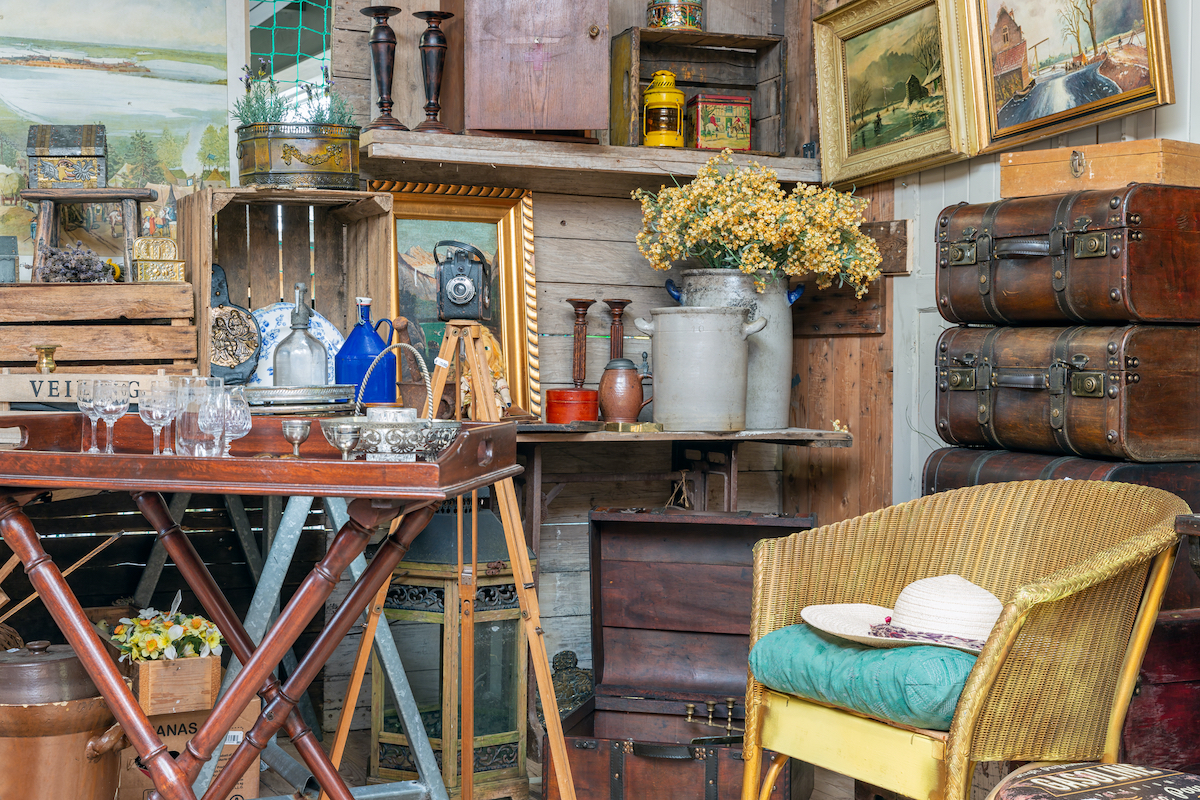We may earn revenue from the products available on this page and participate in affiliate programs. Learn More ›
Furniture is one of the best things to buy secondhand, but this is only true when you choose the right pieces. Taking your time to select high-quality furniture in good condition can help you furnish your home without spending too much money. However, if you don’t pay close attention to some key considerations, the secondhand furniture you choose may prove to be a waste of money—or, even worse, a health or safety hazard.
Continue reading to identify the most important things to keep in mind as you shop for secondhand furniture.
1. Don’t purchase used mattresses.
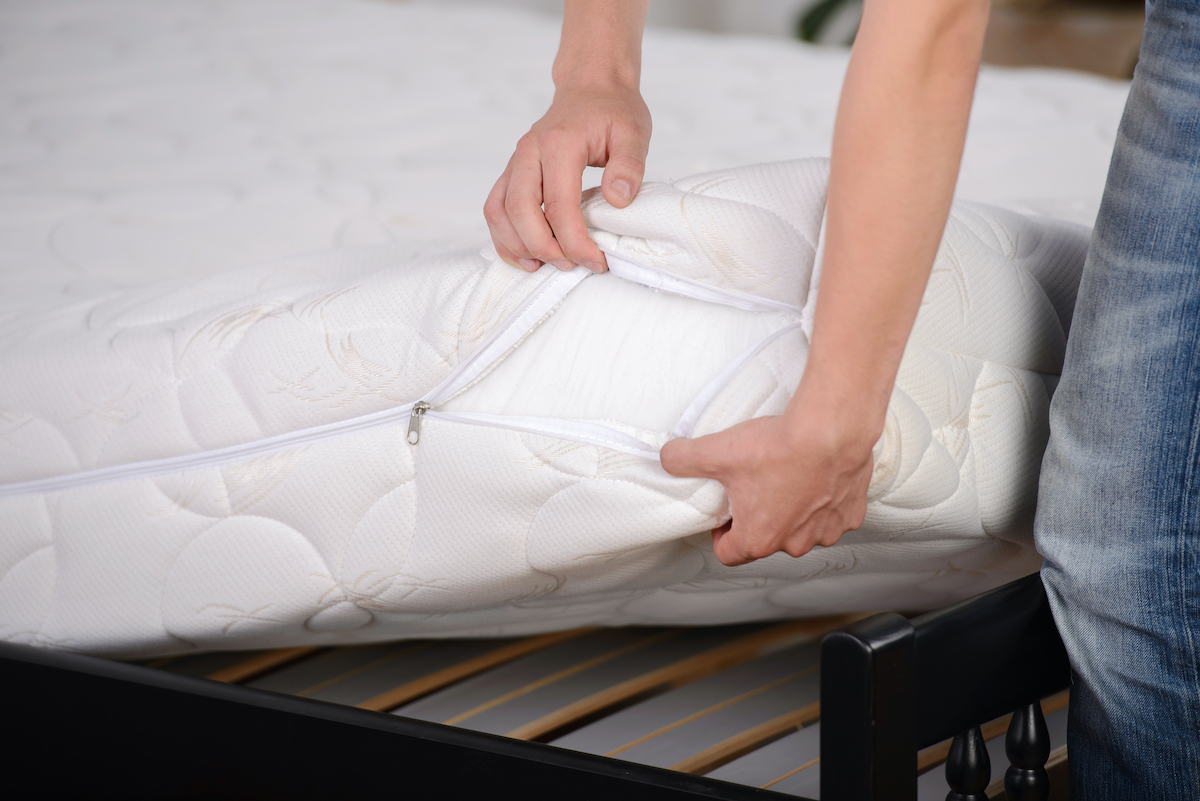
Mattresses are one of the worst things to buy secondhand. While it may be tempting to buy a used mattress instead of spending much more on a new mattress, the savings just aren’t worth it. Mattresses can absorb smells, stains, and even dangerous substances—after all, you don’t know anything about the people who have slept on the mattress before selling it. Purchasing used bedding also increases the risk of introducing mold, bed bugs, and dust mites into your home. While used mattresses aren’t a good idea for anyone, especially avoid them when choosing a crib mattress for a baby.
2. Avoid furniture that smells funny.
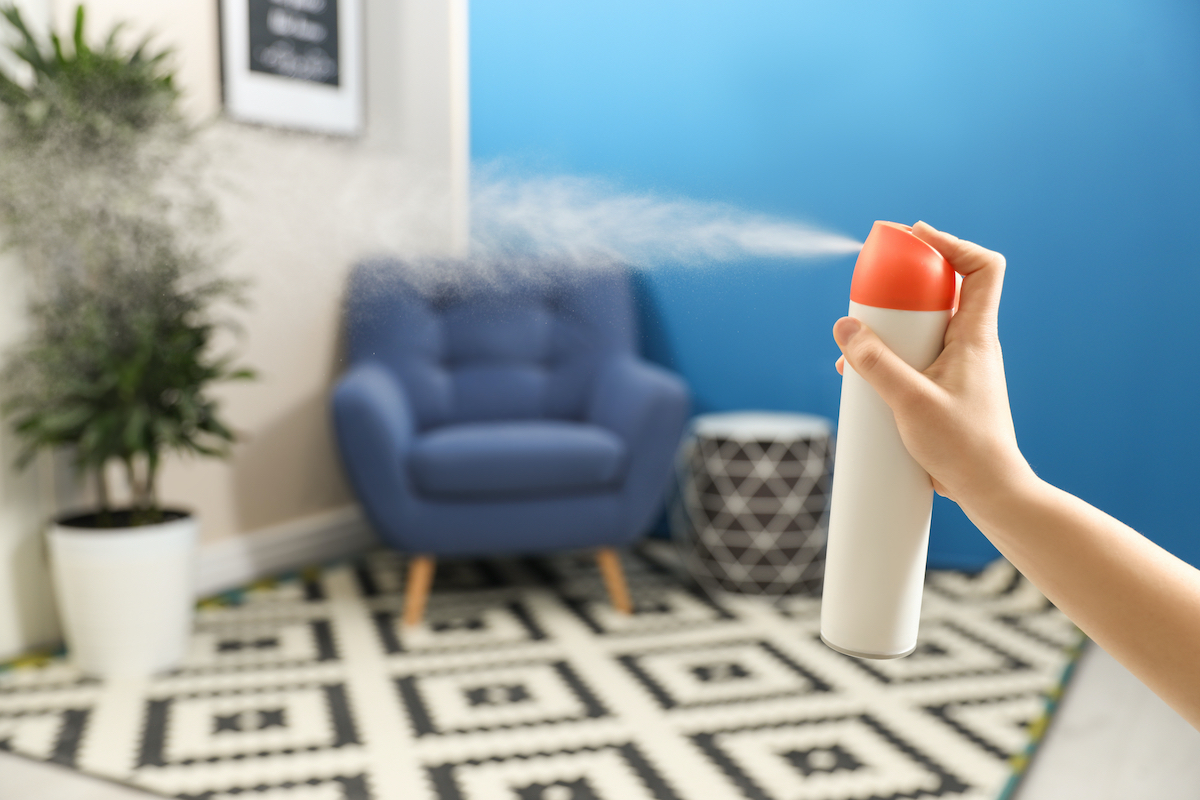
A foul odor should also rule out a piece of secondhand furniture. Furniture, particularly upholstered pieces, can absorb the smell of smoke, pet odor, urine, kitchen smells, and more. Once they’re in the fabric, these smells can be very difficult to remove. In fact, if you bring smelly furniture into your home, the odor could be absorbed by the other furniture in the space. This is just one reason why local thrift stores don’t want donations of these types of items.
3. Check for signs of structural damage.
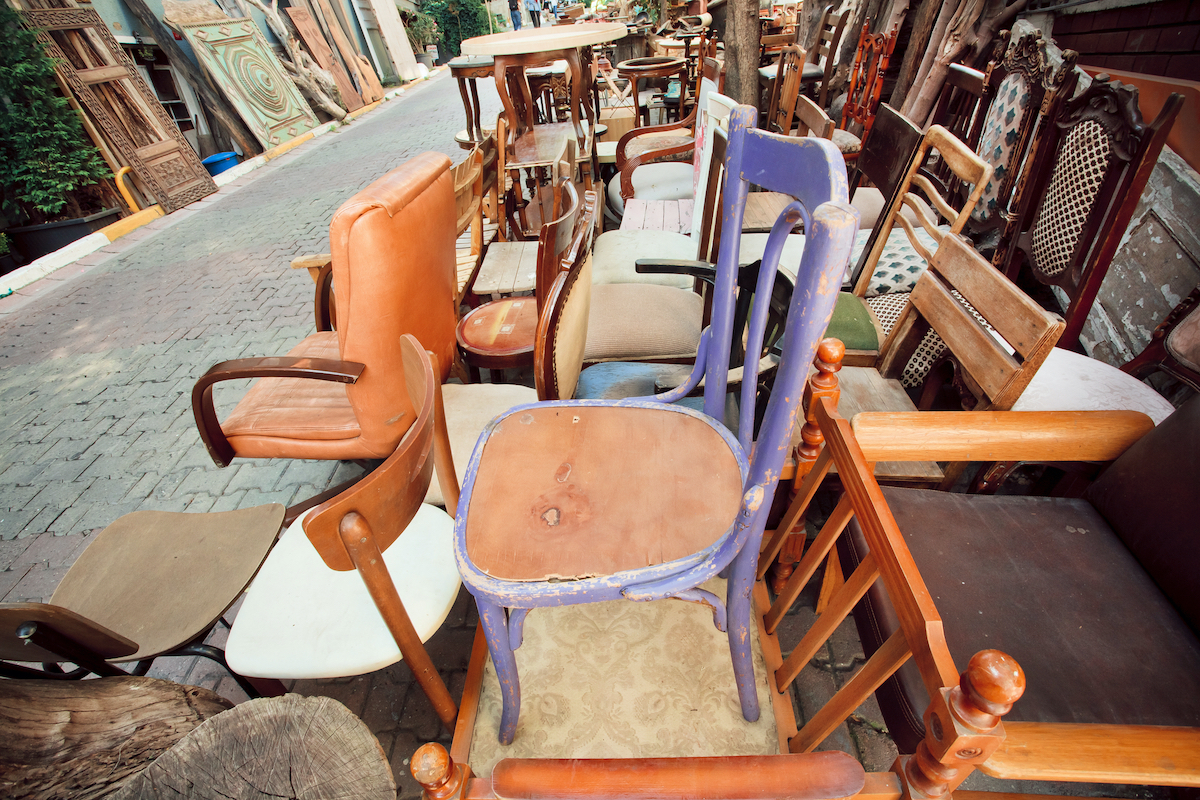
Before purchasing any secondhand furniture, it is important to closely inspect each piece for signs of major damage. While you can easily touch up or repair cosmetic blemishes, structural damage will be more difficult and expensive to fix. As you inspect the piece, look for cracks, broken legs or supports, and signs of previous repairs—finding any of these is a warning sign that the furniture may not be structurally sound. If you’re looking at chairs or sofas, sit in them and listen for any popping or creaking sounds that could point to a problem.
RELATED: Antiquing vs. Distressing: 8 Tips on Creating the Look and Patina of a Genuine Antique
4. Confirm that all parts are present.

It’s also important to confirm that none of the parts are missing. For example, if you’re purchasing a dresser set, double-check that all of the drawers, drawer pulls, mirror, and hardware are present and accounted for. Likewise, with bookshelves, make sure all of the shelves (and shelf pegs) you’ll need are included. Missing parts can be difficult to replace, especially for an older furniture piece.
5. Inspect for signs of insect infestation.
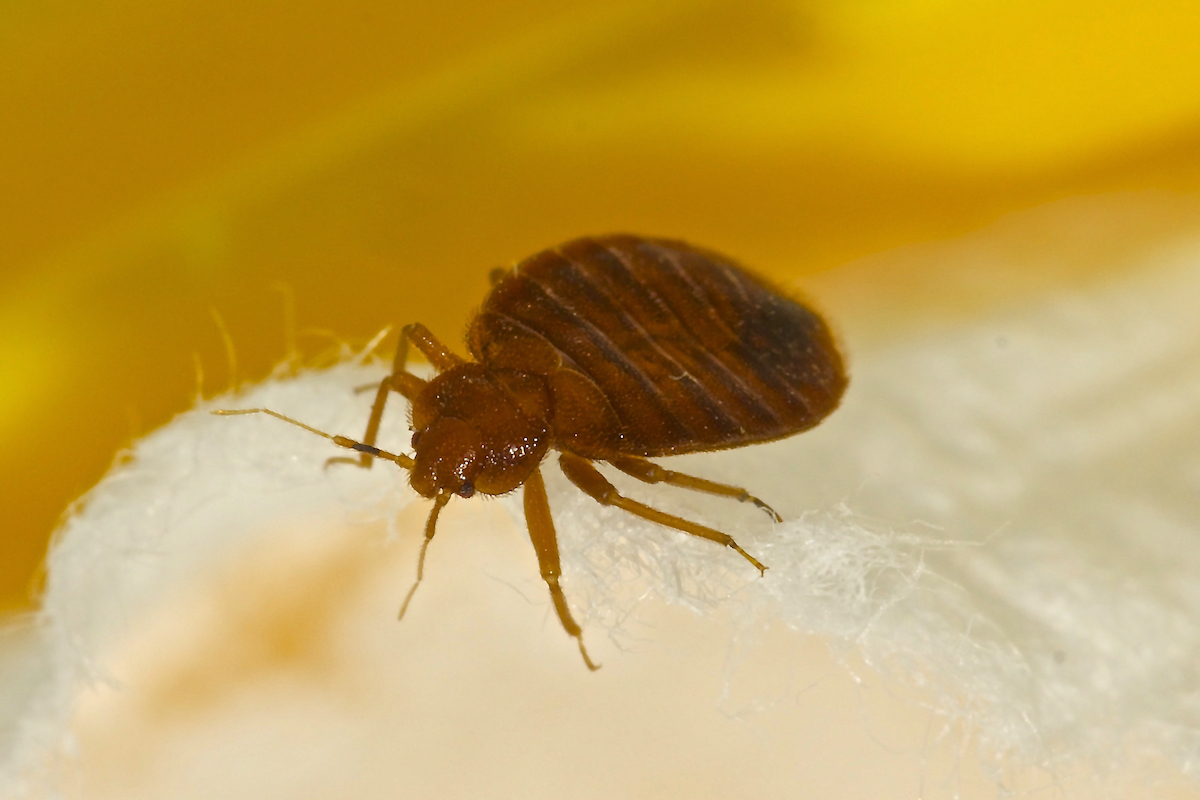
Termites and bed bugs are two types of insects that could be lurking in a piece of secondhand furniture, and could potentially follow you home.
Wooden furniture infested with termites may show visible damage when you inspect the interior or base of the piece. Some other signs of termites include frass (termite droppings), which are tiny hexagonal pellets that will be the same color as the wood that was eaten. You may also notice piles of shed termite wings. If you notice any of these signs—or live termites—run the other way and don’t even consider buying the piece of furniture.
Bed bugs aren’t just found in used mattresses—they may also be present in upholstered sofas, chairs, and other fabric-covered pieces. In most cases, you’re better off passing on upholstered furniture altogether. If you really want the piece, at least inspect it for bed bugs: Place the item over a white sheet. Then, while wearing white latex gloves, run your finger through any creases in the piece. Look closely at your finger and the white sheet for any movement, skin, or dark red feces stains. A flashlight can also help you inspect hard-to-see areas.
6. Steer clear of lead paint.
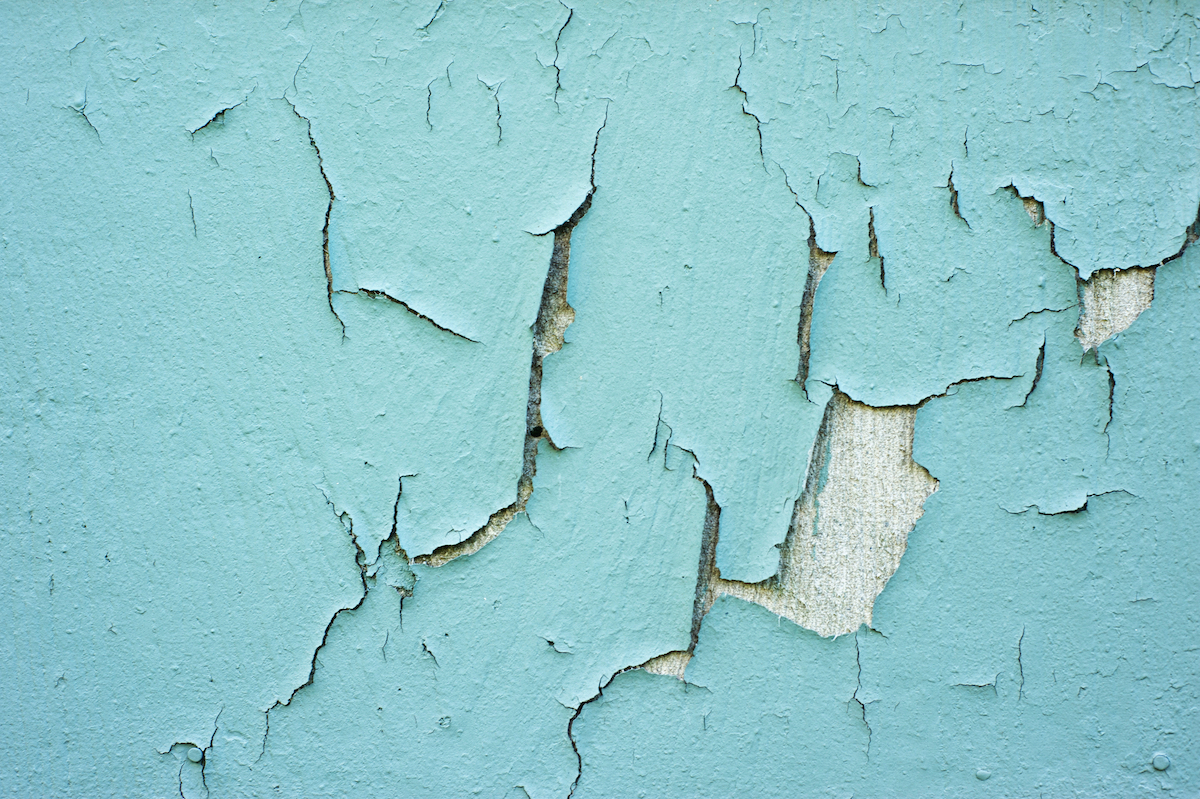
Furniture made prior to 1978 may contain lead paint. Ingesting or inhaling lead paint poses a serious health risk, especially for children. One sign that furniture is coated with lead paint is a cracked or wrinkled surface that looks similar to the scales of an alligator. Lead paint will also leave behind a chalky residue if it rubs off. If you don’t know the age of a piece or suspect it may contain lead paint, you can purchase instant lead test swabs to be sure.
7. Look for evidence of mold.
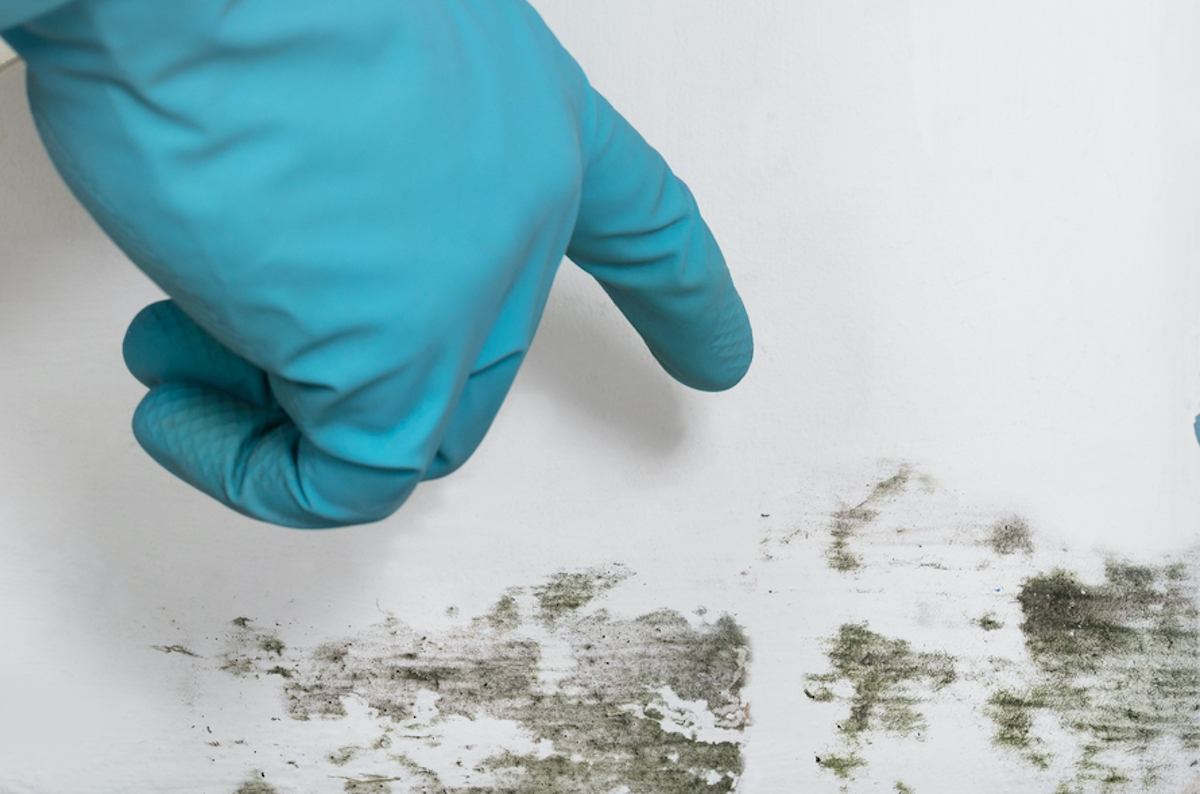
Mold is another substance you don’t want to bring back into your home. Mold poses a serious health concern, especially for people with breathing problems caused by allergies or asthma. If you purchase a piece of furniture with mold growing on or inside it, the mold could spread and ruin other furniture and fixtures in your home.
Thoroughly inspect secondhand furniture, looking inside drawers and cabinets and along the base. Mold and mildew can sometimes look like dust or dirt. If you are unsure which you are dealing with, try rubbing a small amount of diluted bleach on a section of the piece. If the substance is just dirt, the color shouldn’t change. However, if it’s mold, the bleach should cause the area to lighten.
8. Evaluate the item’s condition and comfort.

In addition to assessing each piece of furniture for potential health or safety concerns, it’s also important to ensure that you only purchase furniture in usable condition (unless you’re looking for a restoration project). You should also test out chairs and sofas to make sure they’re comfortable enough that you’ll want to sit on them.
9. Don’t waste money on overpriced items.

Part of the appeal of secondhand furniture shopping is saving money. Even if you’re looking at an antique or vintage piece, you shouldn’t spend your money on an item that isn’t a flat-out steal. Shop around and compare prices to be sure you’re getting a good deal. Don’t forget to also account for the cost of any necessary repairs!
RELATED: The Best Online Furniture Stores
10. Make sure the piece hasn’t been recalled.

Before you finalize a purchase, confirm that the item hasn’t been recalled. Selling recalled furniture is illegal, but it’s possible that a seller may not know that the item has been recalled. The Consumer Product Safety Commission website can help you check for recalls and confirm that there are no known safety concerns with that couch or bunk bed you have your eye on.

